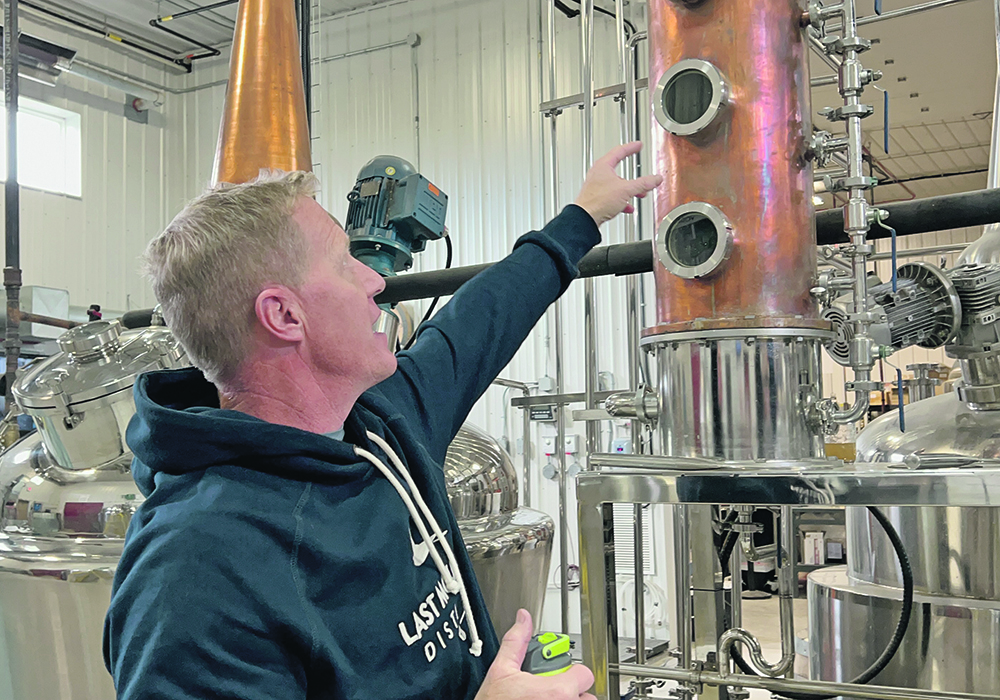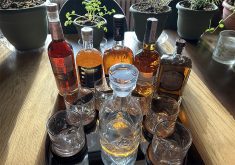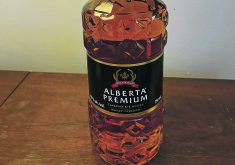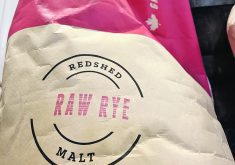Saskatchewan micro-distillery faced a steep learning curve when it decided to get into the business of making rye whisky
This is part of an ongoing series of stories exploring rye, the crop, as it becomes Rye, the whisky.
LUMSDEN, Sask. — When Colin Schmidt made one of his first batches of rye whisky, he was shocked at the taste.
It was terrible.
He decided to dump it down the drain.
Other stories in this series:
- More producers start growing rye as crop prepares for a recovery
- Farmer finds new uses for old crop of rye
- Growing rye for seed is quirky but fun
- Rye’s agricultural journey set over thousands of years
- Hybrid varieties a game changer for rye sector
- Agriculture Canada plant breeder committed to rye
- Rye bread continues to nurture loyal following
- Few remember rye whisky’s Sask. connection
- Rye whisky not as clear cut as tipplers may think
- Art of whisky starts with science of chemistry
Before he could do that, he had to call the excise tax authorities so they could attend the dumping. The tax collector requires this because otherwise there would be an incentive for distillers and brewers to become bootleggers and sell untaxed booze out the back door.
The friendly tax collector recommended he let the whisky age longer. It hadn’t been in the barrel long enough for the chemical magic to happen between the wood and the foul compounds in the alcohol.
“One of our first ryes was an award-winning rye that I almost dumped down the drain,” said Schmidt with a shake of his head as he recalled the steep learning curve that goes hand-in-hand with whisky making in general and rye production in particular.
Those extra years in the barrel produced magic and ever since then, Last Mountain Distillery has been a committed rye whisky maker.
“It’s hard to work with,” said Schmidt on the Friday before Thanksgiving as he toured a reporter through his “micro-distillery” and a steady stream of customers popped into the retail shop out front to pick up some of Last Mountain’s whisky, vodka, gin or flavoured liquors.
“It gets really gluey and gummy unless you have your enzymes right.”
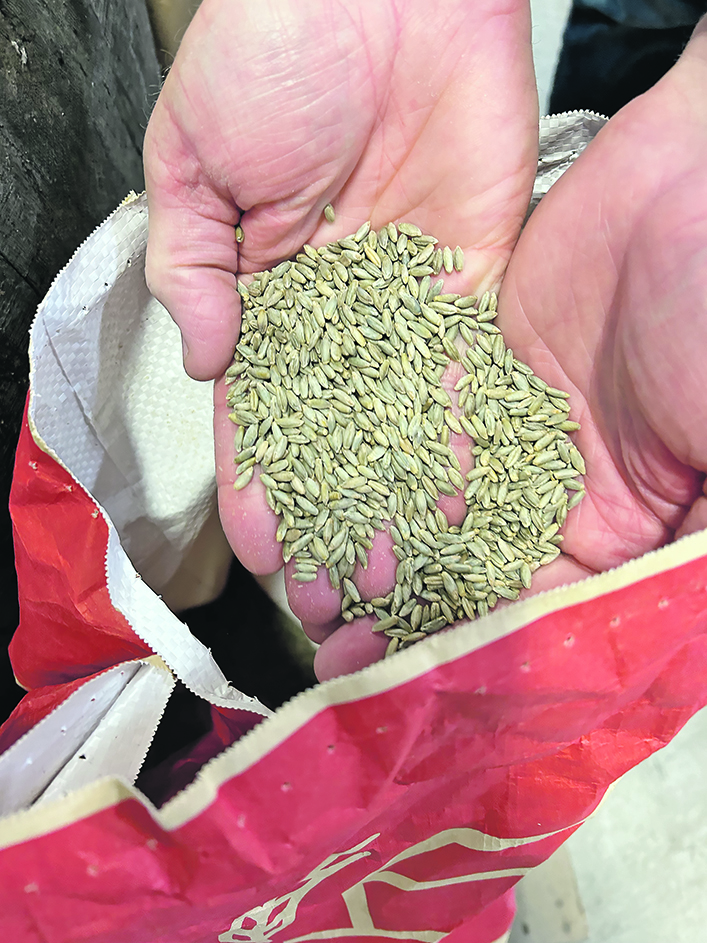
But what Last Mountain, Saskatchewan’s pioneering micro-distillery, discovered after beginning to produce rye whisky, is that moving the finished product isn’t a marketing problem.
“The people who like rye seem to love it,” said Braeden Raiwet, Last Mountain’s general manager, chief distiller and a partner in the venture.
“We sell out straight ryes right away.”
Like many people in the rye whisky business, Raiwet is vexed by the confusion over how the term “rye” is used in Canada.
“There’s a lot of people in Saskatchewan who always think they’re drinking a rye, when it’s just whisky,” said Raiwet.
Being in any kind of whisky business in Canada is a facilities challenge because Canadian law requires at least three years of barrel storage before anything can be called “whisky,” something that doesn’t apply to lesser forms of booze.
“Whisky takes a lot of space and a lot of time,” said Schmidt, as he stood before a warehouse area full of barrelled whisky aging to maturity. The barrels mostly come in from the United States, where they’ve been used once to age bourbon whisky. By U.S. law bourbon must be made in new wood barrels, while in the rest of the whisky-making world a nicely aged barrel imparts better flavours, so an interesting trade in empty barrels occurs across the U.S. border into Canada, and across the oceans to places like Scotland and Japan for their whisky makers.
Last Mountain is hoping to build a big new whisky-barrel-aging facility soon, but it’s having trouble meeting the requirements of the fire commissioner because of alcohol’s flammability.
Last Mountain’s small size allows it to experiment with many approaches to whisky making, in which different types of barrels can be used to make special short runs of unique whiskies. On this day in the distillery, there are greyed and aged barrels Last Mountain has been using for nine years, some new wooden barrels, a big sherry barrel and assorted examples of the cooper’s art in various locations. Dozens and dozens of filled barrels sit on the shelves, awaiting their final destiny.
Experimenting with malted grains is fun for distillers, who are keen on the malts from Maker’s Malt in Rosthern, Sask. On this day, there’s a bag of malt from Alberta’s Red Shed.
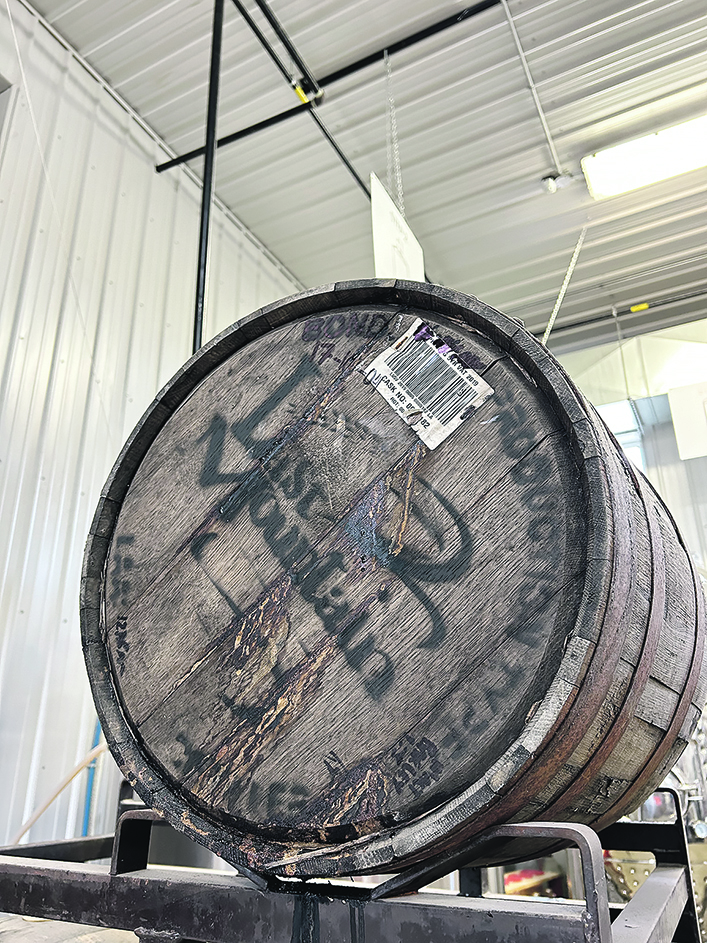
Getting rye isn’t easy these days. Anybody growing up in Saskatchewan in the old days knew all about rye, but these days few farmers grow the grain. Some put in some acres for feed. A few feed artisanal bakers who want local ingredients. Distillers can have a challenging time finding what they want and need.
“It seems to get harder every year,” said Schmidt.
“We’ve had to venture further away from the local community.”
Putting up a post on Facebook seems to work. Farmers with rye respond to Last Mountain’s “Looking for rye” type posts, and various varieties and qualities can be considered.
Last Mountain first made its name with less complicated alcohols like vodka and gin. Its first production was 13 years ago, and it was an immediate success. The company has been on the leading edge of the micro-distilling revolution that was slow coming to Western Canada, but has been happening around the world.
Much as micro-breweries have helped push back against the decline of barley as overall beer consumption falls because most use 100 percent barley malt, the micro-distilleries have helped build a demand for local, prairie-grain-based liquors.
For Schmidt, a former professional hockey player, moving into whisky and especially rye brought about many headaches and management challenges, but they are challenges he relishes, and he’s keen to take on his next whisky projects.
“There are a lot of chemical interactions happening,” he said, patting a full whisky barrel.
“Vodka’s more of a science, but whisky’s more art.”


